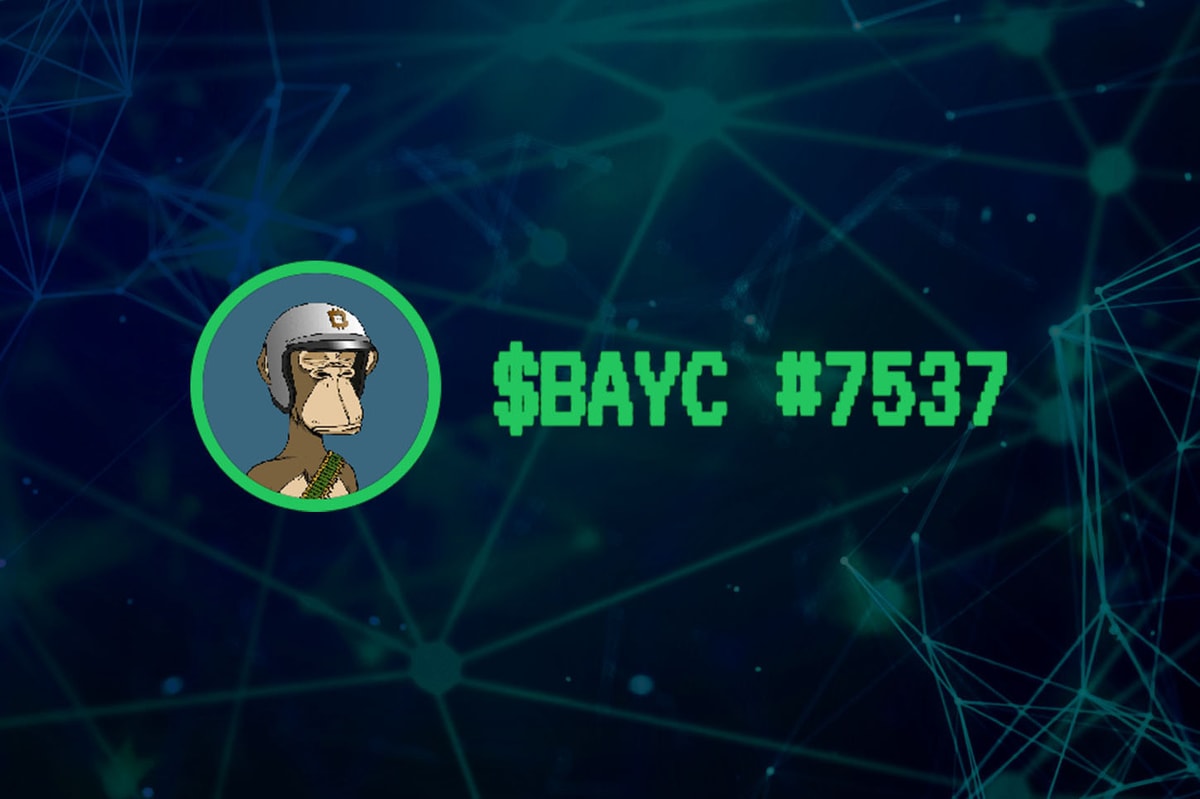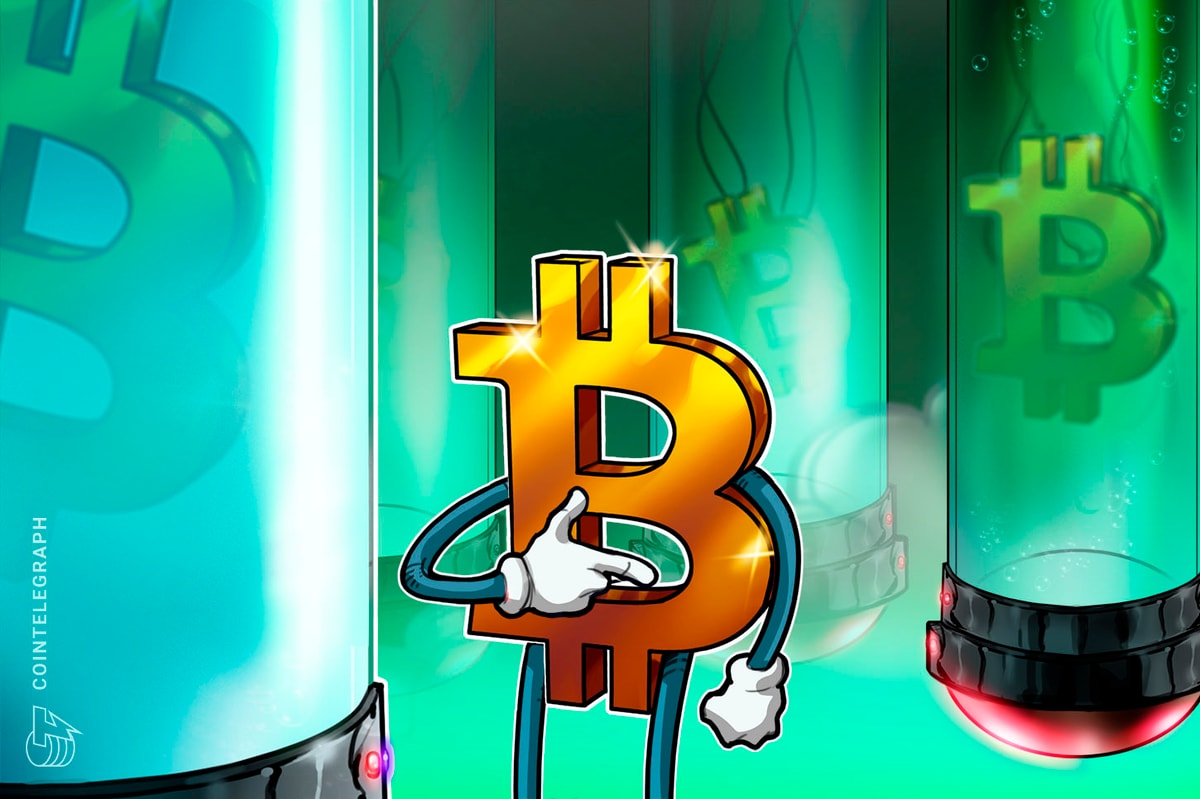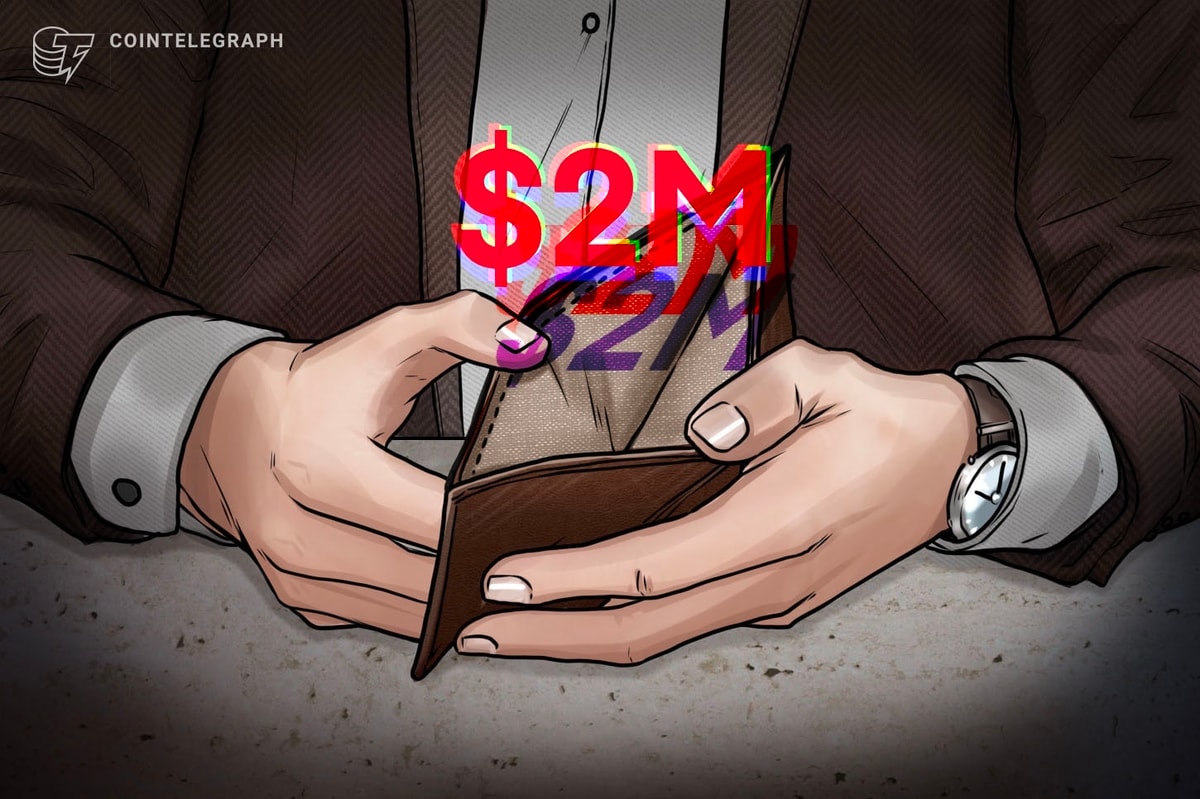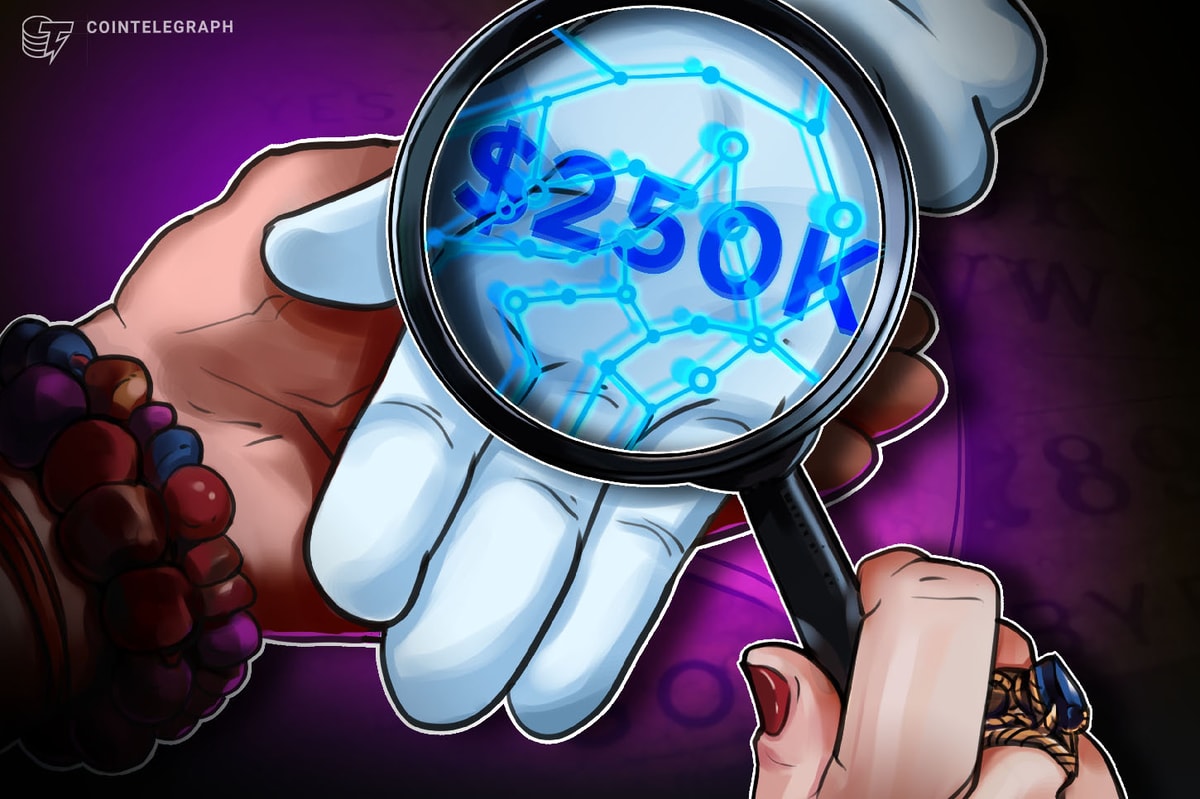Solana’s native token, SOL (SOL), saw a 13.8% increase on Dec. 20, surpassing $82 for the first time since May 2022. This 33.5% rally over the past two weeks led SOL to overtake XRP (XRP) in terms of market capitalization for the first time, making it the fourth-largest cryptocurrency, excluding stablecoins.
Is Ethereum the next contender for Solana’s growing demand?
Notably, some analysts are now questioning whether Ethereum’s Ether (ETH) can sustain its leadership, considering that the Solana network offers cheaper, faster transactions.
Will probably be burned at the stake for this
— Evanss6 (@Evan_ss6) December 15, 2023
There’s no denying the momentum Solana has and how important @solanamobile is in that going forward
The UX of shitcoining on Solana is way better than mainnet or any L2 rn. New users -> Solana
Pressure is on Ethereum ecosystem
Trader Evanss6’s post on X (formerly Twitter) explains that Solana’s emphasis on mobile accessibility is precisely what crypto projects need to attract new users that do not care “if the chain is adequately decentralized or if its base asset is a non-sovereign money contender.” In essence, Solana’s user experience outpaces the competition, particularly for token and nonfungible token (NFT) launches, whether the project demands high processing capacity or simply benefits from low transaction costs.
Several factors contribute to this price gain, from increased network activity to the instant success of Solana’s SPL token launches. However, a more comprehensive analysis is required to determine whether the current valuation is justified and whether a rally above $100 is truly feasible.
The current rally in SOL price is partially backed by the frenzy of airdrops that led to the complete sell-out of Solana’s Saga phone and its trading at a premium on secondary markets.
Solana stepped into the spotlight on Dec. 7 when major centralized exchanges listed the newly launched SPL token JITO, the token for the Jito liquid staking protocol token inspired by Ethereum’s Lido. Jito’s airdrop yielded impressive profits for participants, with its market capitalization exceeding $300 million within the first few hours of trading. The successful debut on Coinbase and Binance boosted demand for other airdrops and token launches on the Solana Network.
Regarding Solana’s Saga phone, a turning point occurred with the Coinbase exchange listing of the memecoin BONK on Dec. 14. Each phone received 30 million BONK, surpassing the product’s $599 price tag. Interestingly, other projects rushed to join the party, even though Solana’s founder had mentioned the potential sunset of the phone project just a couple of weeks earlier.
SOL’s rally is backed by increased DApp activity
SOL’s recent rally goes beyond memecoins, as evidenced by the Solana network’s growth in terms of decentralized applications (DApps). Just three weeks ago, on Nov. 29, Solana’s total value locked (TVL) stood at a mere $654 million, representing only a 1.4% market share. This data has now grown to $1.28 billion, a 96% increase, according to DefiLlama.
The surge in deposits on the Solana Network was accompanied by increased activity in its decentralized applications.

It’s worth noting that Solana’s network volume gains outpaced those of its top competitors. Similarly, the number of unique active addresses interacting with Solana’s DApps grew to an impressive 875,250, while most competing blockchains experienced a decline in the same seven-day period.
Related: Ripple gets approval to operate as digital asset service operator in Ireland
One could argue that Solana’s recent activity surge is primarily due to the anticipation of upcoming airdrops and token launches, including Bonkwifhat (BIF), Ribbit (RBT), Jupiter (JUP), Meow Coin (MEOW), Phantom, Kamino, Drift and many others. However, by onboarding more users and increasing its TVL, the Solana network is solidifying its position and attracting promising projects that could further establish its presence in the DApps industry.
Case in point, leading hardware wallet provider Trezor announced support for Solana and its SPL tokens on Dec. 20. Additionally, Binance Research released a bullish report on parallel computing on the same day, increasing blockchain throughput “by utilizing computing resources more efficiently.” The report specifically cited Solana as an example of parallel computing.
In essence, SOL’s potential rally toward $100 appears feasible, given that Solana’s network activity growth appears sustainable and not solely dependent on a handful of airdrops and token launches. Moreover, competing chains have recently experienced outages due to increased activity, while Solana has managed the demand without any downtime at all.
This article does not contain investment advice or recommendations. Every investment and trading move involves risk, and readers should conduct their own research when making a decision.











